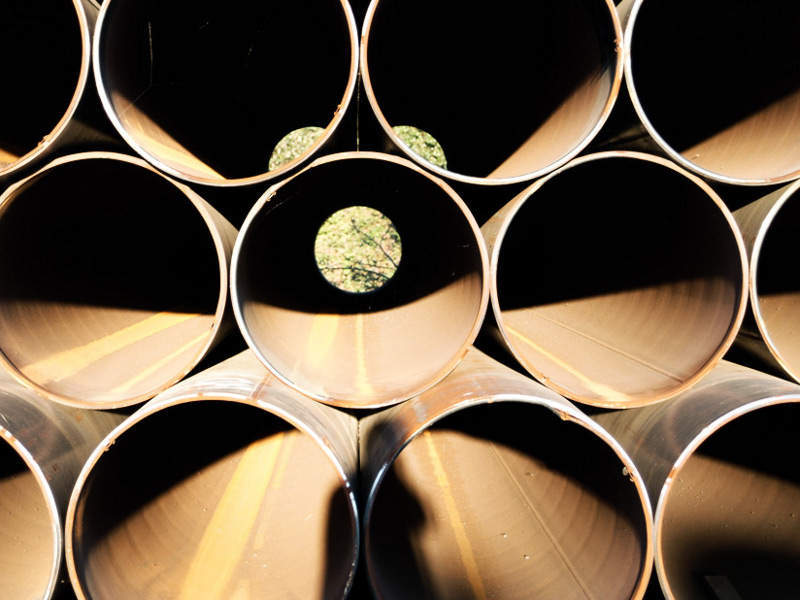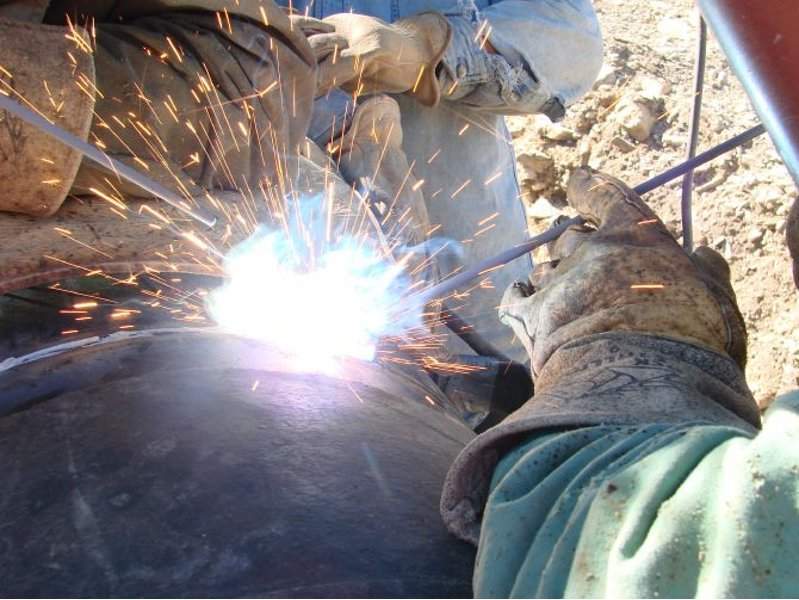TransCanada’s Mountaineer Xpress Pipeline is a 274km-long new natural gas pipeline under construction in West Virginia, US.
Construction on the $2bn project started in the first half of 2018 and the pipeline is expected to be placed into service in 2019.
Running southwards from Marshall county to Wayne county in West Virginia, the Mountaineer Xpress pipeline will form part of the Columbia Gas Transmission network and provide an additional capacity to supply 2.7 billion cubic feet a day (bcf/d) of gas from the Marcellus and Utica production areas.
The Columbia Gas Transmission network, previously owned by Columbia Pipeline Group, comprises 19,312km of natural gas pipeline system and serves ten states in the US.
TransCanada acquired Columbia Pipeline Group to become the owner and operator of the Columbia Gas Transmission network in 2016.
Development details of TransCanada’s natural gas pipeline
Columbia Pipeline Group originally proposed the Mountaineer Xpress pipeline project in 2015 and submitted the project application to the US Federal Energy Regulatory Commission (FERC) in April 2016.
TransCanada took over Columbia Pipeline Group in July 2016.
FERC issued approval for the pipeline project in December 2017, while West Virginia Department of Environmental Protection approved the project for construction and operation in January 2018.
Mountaineer Xpress pipeline construction and route details
The 274km-long Mountaineer Xpress pipeline originates in the Marshall county and terminates in the Wayne county in West Virginia. The project involves construction activities in 15 Western Virginia counties including Marshall, Wetzel, Tyler, Doddridge, Ritchie, Calhoun, Wirt, Roane, Jackson, Mason, Putnam, Cabell, Wayne, and Kanawha.
The pipeline comprises a 264km segment of 36in-diameter from Marshall county to Cabell county, and a 10km segment of 29in-diameter in the Doddridge county.
The construction will be mostly in areas with shallow bedrocks, requiring the adoption of blasting method for laying down the pipeline.
The excavation work is being carried out up to 6ft-deep for the new compressor stations and approximately 10ft for pipeline trenches.
A portion of the pipeline will be under the Kanawha River and involves the horizontal directional drilling process.
Infrastructure for the Mountaineer Xpress pipeline
The pipeline system will also include three new compressor stations, namely Sherwood, White Oak, and Mount Olive, in Doddridge, Calhoun, and Jackson counties, and two new regulating stations in Ripley and Cabell counties. Each new compressor station will be equipped with three gas-fired compressor units.
The Lone Oak compressor station in Marshall county and the Elk River compressor station in Kanawha county are being added with one new gas-fired compressor unit each, while the Ceredo compressor station in Wayne county is being modified with two new gas-fired compressor units.
The Mountaineer Xpress pipeline will receive natural gas from a number of receipt points in the Appalachian Basin and supply the same to Oak Grove, Majorsville, Goodwin, Sherwood, and Stonewall in West Virginia, Clarington in Ohio, and Waynesburg in Pennsylvania.
The new pipeline will provide connections to the existing X59M1 pipeline and the recently commissioned Leach Xpress pipeline on the Columbia Gas Transmission network.
Contractors involved
Burns McDonnell was engaged for the preparation of the environmental impact study (EIS) of the Mountaineer Xpress pipeline project.




